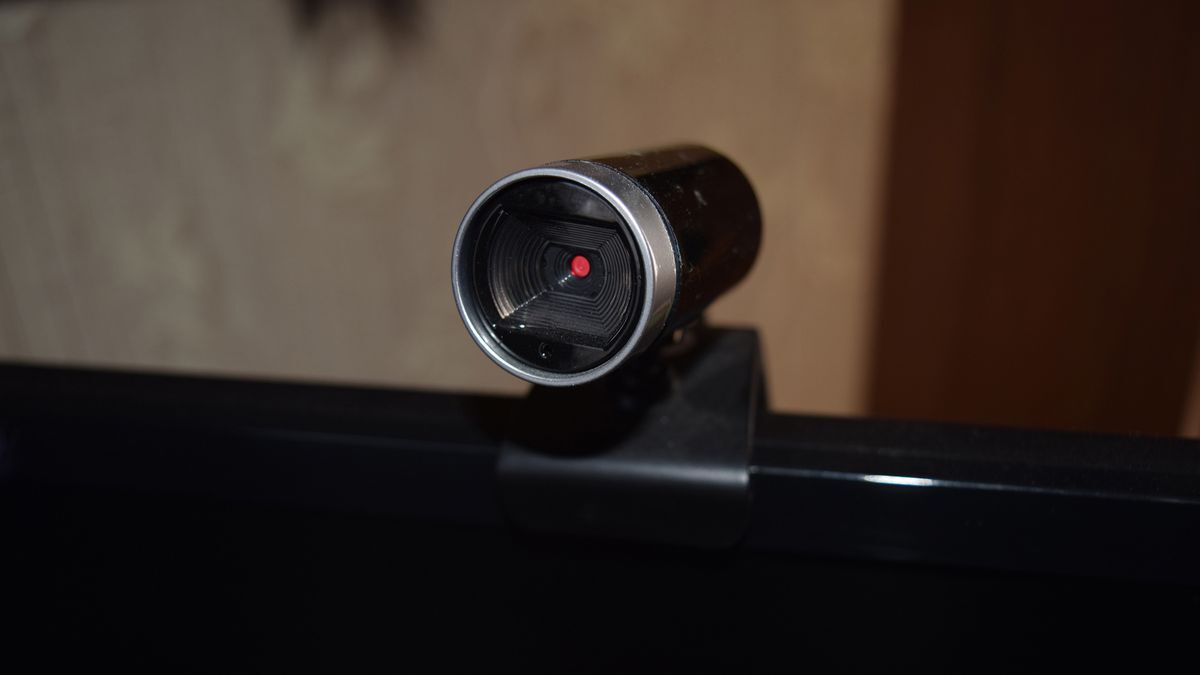The method, known as EM Eye, can even capture images through walls, raising huge concerns about the potential for misuse.
The research, led by Kevin Fu, a professor of electrical and computer engineering at Northeastern University, targets a vulnerability in the data transmission cables within most modern cameras. These cables unintentionally act as radio antennas, leaking electromagnetic information that can be picked up and decoded to reveal real-time video.
As reported by Tech Xplore, the vulnerability exists because manufacturers focus on protecting the intentional digital interfaces of cameras, such as the upload channel to the cloud, but overlook the potential for information leakage through accidental channels. “They never intended for this wire to become a radio transmitter, but it is,” Fu explains. “If you have your lens open, even if you think you have the camera off, we’re collecting.”
Cross post from https://lemmy.world/post/12081766



This isn’t cloud/online vulnerability. It’s physical due to a wire in cameras (smartphone, home security, dashcam, etc) that send out radio signals.
It’s all in the article.
Parent commenter said that IOT devices are vulnerable in areas that manufacturers do focus on, in addition to areas they don’t. They didn’t deny or misunderstand the subject of the article.